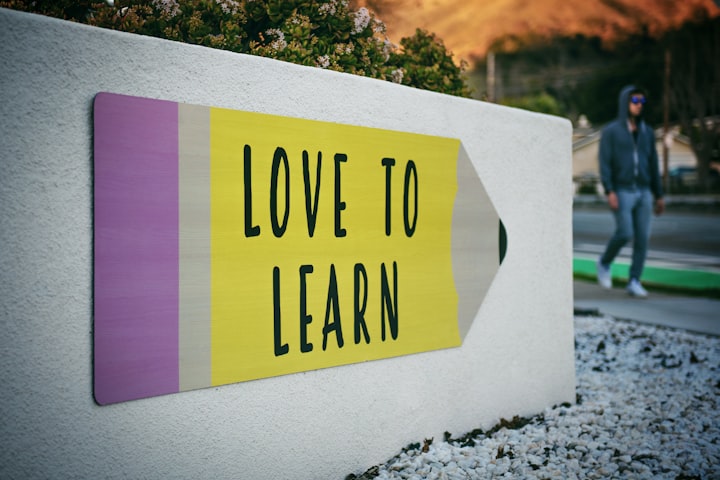Mastery Learning: A Comprehensive Guide to Improving Student Outcomes
The Benefits and Challenges of Mastery Learning in Schools

Mastery learning is an instructional approach where students are provided with repeated opportunities to practice and demonstrate their understanding of a particular subject or skill. This approach is based on the idea that all students can learn, given enough time and support. The goal of mastery learning is to help students reach a level of proficiency in a particular subject or skill, rather than just moving on to the next topic after a fixed amount of time.
What is Mastery Learning?
Mastery learning is a teaching strategy that was first introduced in the 1960s by educational psychologist Benjamin Bloom. The basic idea behind this approach is to provide students with as much time as they need to master a particular subject or skill. In traditional classroom settings, students often move on to the next topic whether or not they have fully understood the previous one. This can result in gaps in their knowledge and limited long-term retention of information.
With mastery learning, the focus is on ensuring that each student has a deep understanding of the material before moving on. This is achieved by setting clear learning goals and providing multiple opportunities for students to practice and demonstrate their understanding. Students are given feedback on their progress and are provided with additional support and resources as needed. The ultimate goal is for all students to reach a level of proficiency in the subject or skill being taught.
How Does Mastery Learning Work?
Mastery learning involves a four-step process: setting learning goals, providing opportunities for practice and feedback, adjusting instruction as needed, and assessing mastery.
- Setting Learning Goals: The first step in the mastery learning process is to clearly define the learning goals for each subject or skill being taught. This may involve creating specific, measurable objectives for students to work towards.
- Providing Opportunities for Practice and Feedback: Once the learning goals have been set, students are given opportunities to practice and demonstrate their understanding of the material. This may involve a variety of activities such as individual practice, group work, and assessments. Students receive feedback on their progress and are provided with additional support and resources as needed.
- Adjusting Instruction as Needed: Based on the feedback received, instructors can make adjustments to their teaching approach as needed. This may involve providing additional support, adjusting the pace of instruction, or modifying the content being taught.
- Assessing Mastery: The final step in the mastery learning process is to assess students’ mastery of the material. This may involve a formal assessment, such as a test, or a more informal assessment, such as a class discussion.
Benefits of Mastery Learning
Mastery learning has been shown to have a number of benefits for students, including:
Improved Student Outcomes: By providing students with multiple opportunities to practice and demonstrate their understanding, mastery learning can lead to improved student outcomes. Students are more likely to retain the information they have learned and are better equipped to apply this knowledge in real-world situations.
Increased Motivation and Engagement: Mastery learning can also lead to increased motivation and engagement among students. When students feel that they are making progress and are capable of mastering the material, they are more likely to be motivated and engaged in the learning process.
Reduced Achievement Gaps: Mastery learning can help to reduce achievement gaps between different groups of students. By providing additional support and resources, students who may have struggled in traditional classroom settings can be better equipped to succeed.
Personalized Learning: One of the key benefits of mastery learning is that it allows for personalized learning. By providing students with repeated opportunities to practice and demonstrate their understanding, each student can work at their own pace and receive support as needed
Challenges and Limitations of Mastery Learning
While mastery learning has many benefits, it is important to recognize that it is not without its challenges and limitations. Some of the common challenges and limitations include:
Time and Resources: Implementing a mastery learning approach can be time-consuming and resource-intensive. Teachers need to have the time and resources available to provide individualized feedback and support to each student.
Student Readiness: Not all students may be ready for a mastery learning approach, especially those who struggle with motivation and self-discipline. These students may need additional support and guidance in order to be successful.
Assessment Challenges: Assessing mastery in a mastery learning approach can be challenging. It may be difficult to determine when a student has truly mastered a particular subject or skill. Additionally, there may be limitations in terms of the types of assessments that can be used.
Limited Evidence Base: Although mastery learning has been shown to be effective, there is limited research available on its long-term impact. This can make it difficult to fully understand the benefits and limitations of this approach.
Conclusion
Mastery learning is a promising instructional approach that has been shown to improve student outcomes and reduce achievement gaps. By providing students with multiple opportunities to practice and demonstrate their understanding, mastery learning can help to ensure that all students have the skills and knowledge they need to succeed. However, it is important to recognize that mastery learning is not without its challenges and limitations, and careful consideration should be given to its implementation in any given classroom setting.






Comments
Career Coach is not accepting comments at the moment
Want to show your support? Send them a one-off tip.